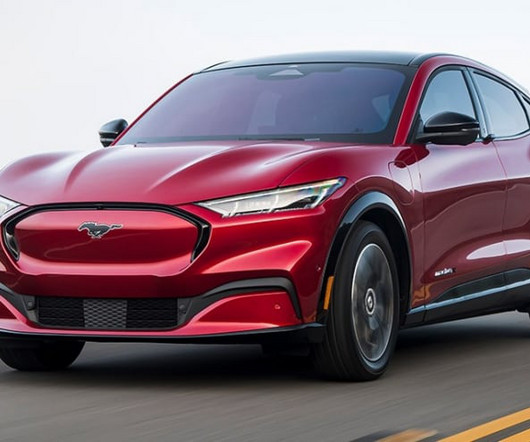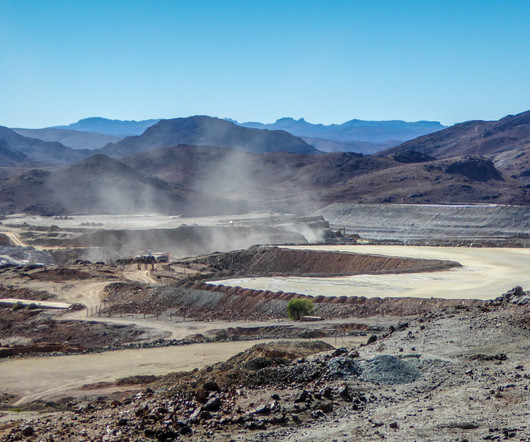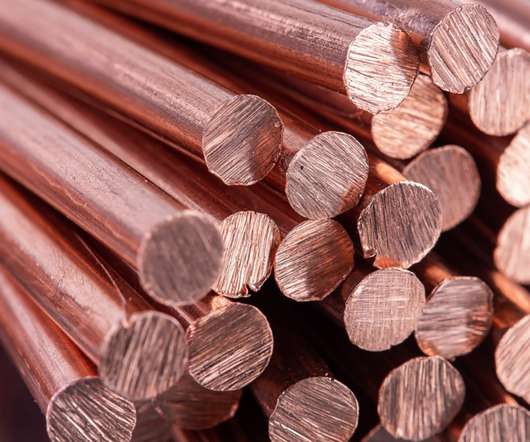Commodities Used in Electric Car Batteries: An Update on Lithium and Nickel
Resilinc
NOVEMBER 1, 2023
In India, the national Production Linked Incentive (PLI) is set to encourage domestic EV manufacturing—and this is just a glimpse of the latest policies worldwide. To meet this demand and ensure a sustainable supply chain, Australia, Chile , China, and Brazil are proactively ramping up their lithium production.
















Let's personalize your content